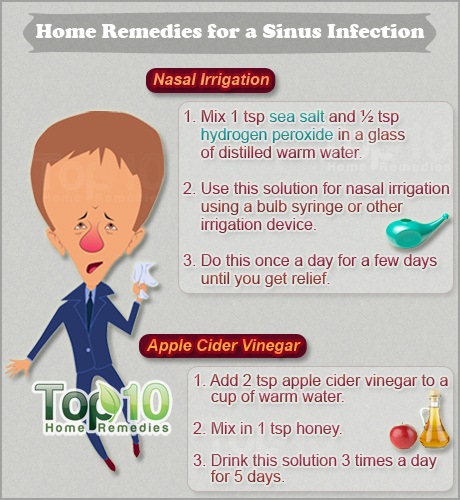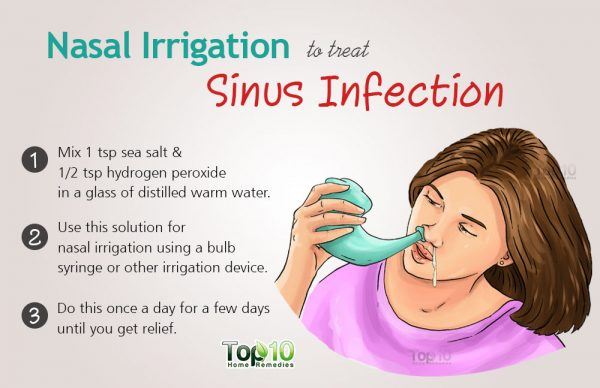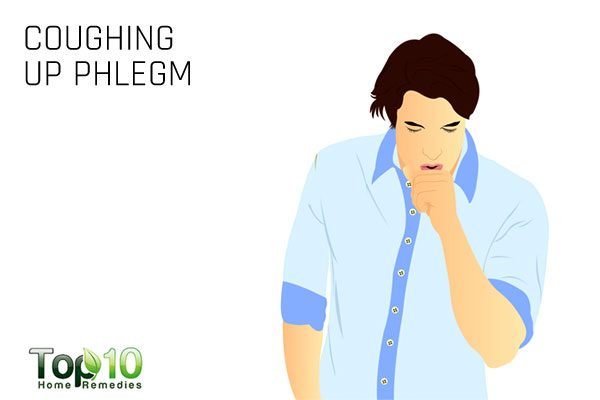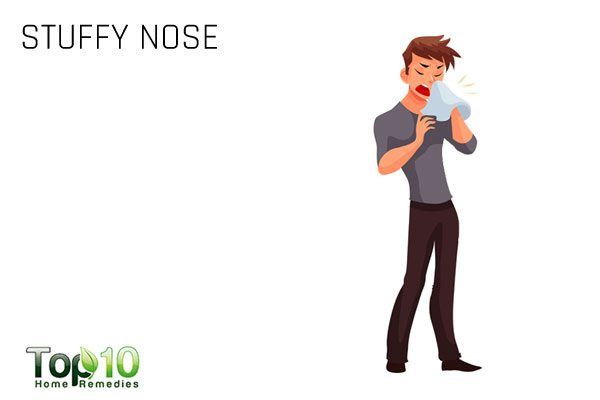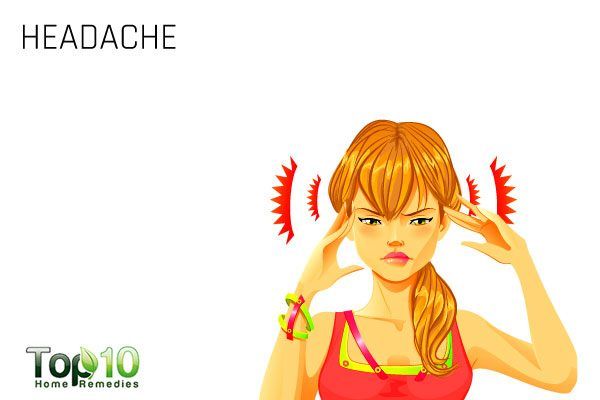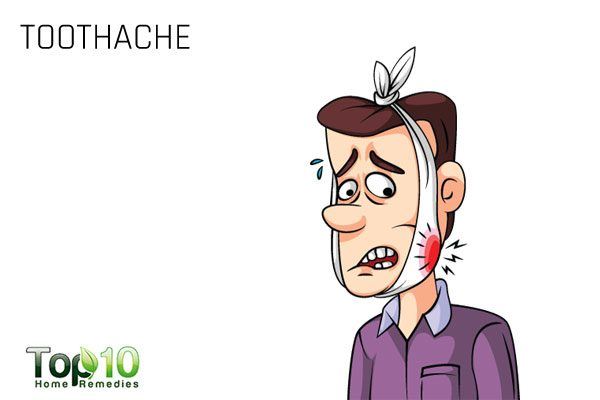Which of these food trends do you find as healthy?
Are you likely to try insects snacks (rich in proteins and minerals!) or do you prefer watermelon with a scoop of ice cream?
Monday, 9 April 2018
Monday, 26 March 2018
6 Ways To Lower High Blood Pressure
One in every three men and women have high blood pressure in the United States. High blood pressure can be caused by several risk factors, including being overweight, genetics, stress, and eating too much salty food.
High blood pressure can also be dangerous to one’s health as it makes the heart work even harder to pump blood out, according to WebMD. In return, it can cause high blood pressure can lead to blurred vision, dizziness, headaches, and shortness of breath.
Taking steps toward a healthy lifestyle can not only help reduce high blood pressure but also lower the risk of heart disease and stroke. Here are six ways to lower high blood pressure.
Physical activity can not only help maintain a healthy weight, but reduce the risk of diabetes, high blood pressure, and heart disease.
Adults looking to reduce high blood pressure should get at least 30 minutes of moderate physical activity such as cycling, dancing, playing basketball, running, as well as walking.
Health experts recommend eating five servings of fruit and vegetables a day. Bananas are packed with potassium, so eating one banana a day can lower high blood pressure.
Other fruits and vegetables that are good to eat are peaches, kiwis, kale, red peppers, and sweet potatoes.
More than 71 percent of men and women get their daily intake of sodium from eating fast food, according to Centers for Disease Control and Prevention. The daily sodium intake should be at least 1,500 milligrams per day with a maximum of 2,400 milligrams, says the American Heart Association.
Eating less fast food should help reduce high blood pressure.
Smoking cigarettes is the quickest way to increase high blood pressure and the risk of heart attack and stroke.
Looking to quit smoking? Try chewing on a toothpick, chewing gum, or exercise daily to get distracted from wanting to smoke.
Enjoying a cold beer or a glass of wine is a good way to relax on the weekend, however, drinking heavily can increase the risk of causing damage to the heart. Even drinking more than two drinks per day can raise blood pressure.
Excessive drinking can also lead to other health problems such as cancer, liver disease, and violence, says the CDC.
Tuesday, 20 March 2018
Home Remedies for a Sinus Infection
A sinus infection usually occurs due to a virus, but it can also be caused by bacteria or fungi. It is often triggered by a cold that causes swelling and inflammation of the sinuses and leads to a buildup of mucus, thereby blocking the sinuses.
Sinuses are hollow, air-filled sacs behind the cheekbones and forehead that, when filled with fluid, harbor germs giving rise to infection.
Other conditions that can cause a sinus infection include allergies, nasal polyps, a deviated septum, and exposure to pollutants and tissue irritants like over-the-counter nasal sprays, cigarette smoke and cocaine.
Common symptoms of sinus infections include a headache, facial tenderness, pain or pressure, nasal stuffiness, discolored nasal discharge, a sore throat, cough and fever. Some people may experience increased sensitivity or a headache when leaning forward.
To relieve the symptoms of a sinus infection, you can use some easy natural home remedies. Also, consult your doctor for proper diagnosis and treatment.
Here are the top 10 home remedies for a sinus infection.
1. Nasal Irrigation
Nasal irrigation is highly beneficial for sinus infections as it helps clear out mucus and other debris from your sinuses. Plus, it keeps them moist.
- Mix one teaspoon of sea salt and one-half teaspoon of hydrogen peroxide in a glass of distilled warm water. Use this solution for nasal irrigation using a bulb syringe or other irrigation device. Do this once a day for a few days until you get relief. Do not use it more often than daily as it may irritate the mucus membranes.
- Alternatively, mix one-half to one teaspoon of pickling or canning salt and a pinch of baking soda in a cup of lukewarm distilled or previously boiled water. Use this solution for nasal irrigation. You can use it two or three times a day for about a week.
2. Apple Cider Vinegar
Apple cider vinegar has antiviral, antibacterial, antifungal and anti-inflammatory properties that help treat sinus infections. Taking apple cider vinegar at the start of colds, flu or allergies can help prevent a sinus infection from developing.
- Add two teaspoons of apple cider vinegar to a cup of warm water.
- Mix in one teaspoon of honey.
- Drink this solution three times a day for five days.
3. Cayenne Pepper
Cayenne pepper is an effective home remedy to open up and drain the sinuses. Also, it boosts immunity, reduces swelling and inflammation, and improves circulation.
- Mix one teaspoon of cayenne pepper in a cup of hot water. Drink it two or three times a day.
- Alternatively, you can eat a mixture of one teaspoon each of cayenne pepper and honey a few times a day.
Use either of these remedies for a few days or until you see improvement.
4. Onion
Onion works as an excellent decongestant to open up your sinuses. Plus, it contains sulfur compounds that fight bacteria and fungi.
- Chop an onion into small pieces and put the pieces in a pot of water.
- Let it boil for about five minutes, and then inhale the vapors for a few minutes.
- Next, strain the liquid and drink it.
- Repeat a few a times a day for about a week or until the congestion clears.
5. Garlic
Garlic works as a natural antibiotic to fight sinus infections caused by bacteria and viruses. It is particularly beneficial when the sinus infection is caused by bacteria. Garlic also has antifungal properties.
- Chop two or three garlic cloves, add them to a pot of boiling water and inhale the steam of this garlic-infused water for a few minutes. Repeat a few times daily until you get relief.
- You can also eat two to three fresh garlic cloves (preferably crushed) daily. Also include onion, garlic, cayenne pepper and horseradish in your soups and meals to help get rid of excess mucus.
6. Horseradish
Horseradish is another popular remedy for sinus infections as it helps remove mucus from the nasal passages. It also contains high levels of sulfur and works as a natural antibiotic.
- Put a pinch of freshly grated horseradish in your mouth.
- Hold it in your mouth until its flavor dissipates, and then swallow it.
- Repeat a few times a day for about a week or until the infection clears.
7. Ginger
Ginger has antiviral, antibiotic and anti-inflammatory properties that help treat sinus infections. The polyohenols present in ginger help inhibit the secretion of mucus, while maintaining normal nasal ciliary motility. Healthy cilia are important for sinus health as they filter allergens and prevent sinus infections.
- Cut a two-inch piece of fresh ginger root into slices.
- Boil the slices in one cup of water over low heat for about 10 minutes.
- Strain the solution, and mix some lemon juice and honey in it.
- Drink this tea a few times a day for about a week or until you get the desired results.
8. Oil of Oregano
This essential oil has antiviral, antibacterial and antifungal properties. Plus, being an anti-inflammatory, it helps reduce inflammation. It also works as a great antioxidant and immune-booster.
- Put a couple of drops of the oil of oregano in one-half cup of boiling water and inhale the steam to clear the congestion and open up the sinuses. Do this daily until the infection is gone.
- Alternatively, mix two or three drops of oregano oil in a glass of water. Drink this solution twice daily until the infection clears.
- Another option is to simply put a drop or two of the oil under your tongue daily for about a week, or until you get positive results.
9. Turmeric
Turmeric has antibiotic, antiviral and anti-inflammatory properties that help treat sinus infections and congestion. It has an active compound called curcumin that helps heal the swelling in the sinus cavity and clear the airways.
- Mix a pinch of turmeric powder in a glass of warm water. Gargle with it a few times a day for a few days.
- You can also drink a glass of hot milk mixed with one teaspoon of turmeric powder and a little honey. Drink it daily for about one week or until the infection clears.
- Another option is to create a turmeric smoothie by blending two pieces of turmeric root (two inches), juice from one lemon, one tablespoon of honey, a pinch of cayenne pepper, one banana and one-half cup of water. Drink this smoothie daily for a few days.
10. Steam
Breathing in steam will help relieve nasal congestion and clear sinuses. Plus, a warm compress will help reduce sinus pressure and headaches.
- Run a hot shower and breathe in the steam vapors for about five to 10 minutes. Do this daily for a few days until the infection clears.
- You can also place a wet, warm towel on your face for a few minutes, several times a day for a few days to help relieve sinus pressure.
In addition to these remedies, follow some simple measures like drinking plenty of water to thin the mucus and using a humidifier to keep the nasal passages moist. Plus, adequate rest will facilitate speedy recovery.
Saturday, 17 March 2018
How to distinguish sinus infection from a cold?
A sinus infection, also known as sinusitis, is a very common upper respiratory tract infection that affects millions of people every year.
It occurs when your nasal cavities become swollen and inflamed. It is usually caused by a virus and often persists even after other upper respiratory symptoms are gone.
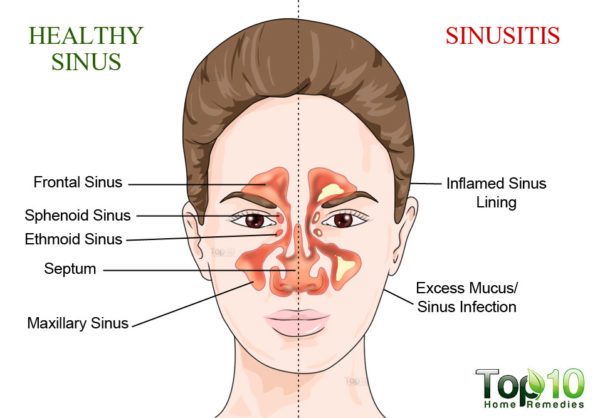
This type of infection may be acute or chronic. Acute sinusitis only lasts for a short time, whereas chronic sinus infections last for more than six to eight weeks or frequently recur.
An untreated sinus infection can potentially damage the sinuses and lead to ear infections, vision loss or even meningitis, so it is important to treat it right away. But treating a sinus infection is often delayed because people do not recognize a sinus infection in the initial stage.

Early symptoms of a sinus infection and a cold are very much alike, usually including a stuffy nose, slight fever, a scratchy throat, and feeling fatigued and just sick.
When it is a cold, the symptoms start improving in three to five days and you start feeling better within a week. But if symptoms persist for more than a week, you most likely have a sinus infection.
Here are some symptoms of a sinus infection that can help you distinguish it from a cold
1. Pain in Your Face
One of the best ways to distinguish between a common cold and a sinus infection is the pain and pressure you feel in your face with an infection.
Pain from a sinus infection can occur in and around your nose, in your upper jaw and teeth, and between your eyes. The accumulation of mucus in the sinuses also causes a feeling of heaviness or pressure in your face.
The pain may be worse when you move your head forward or touch the areas overlying your sinus cavities. Also, the maxillary sinuses located under your eyes may be painful when pressed or touched.
2. Yellowish or Greenish Discharge
Discolored nasal discharge – green, yellow or blood-tinged – is another sign of a sinus infection. This is mainly due to the virus in your system, which causes the discharge to change colors.
The discharge may also bypass your nose and flow down your throat, leading to tickling or itching sensations in the back of your throat.
Also, the discharge will be thick and hard to blow out of your nose. This is another major distinction between a sinus infection and a cold. The nasal discharge you experience with a common cold is clear and more liquid in nature.
When suffering from a sinus infection, you’ll find that you need to blow your nose more frequently to get rid of the thick accumulated mucus.
3. Coughing Up Phlegm
A cough often accompanies a sinus infection, but many people assume it is due to a cold or bronchitis.
Coughing due to a sinus infection usually is worse at night and in the morning. This is mainly because the sinuses drain down the back of your throat when you lie down, which triggers the cough receptor in the back of the nasal pharynx.
This type of cough also produces phlegm. Phlegm contains the bacteria or virus as well as inflammatory cells produced in response to an infection. The body tries to expel the phlegm that travels to your lungs through coughing.
You can reduce the frequency and intensity of your coughing by sitting upright to sleep. It will also help you sleep better, which is important for recovery.
4. Stuffy Nose that Lasts Longer
A stuffy nose is a classic symptom of both a sinus infection and a cold, but it usually lasts longer when it’s due to sinusitis.
This symptom is mainly due to inflamed blood vessels in the sinuses. Your inflamed sinuses may also make it difficult for you to breathe through your nose, giving you the feeling of a stuffy nose. Your voice may also sound “stuffy.”
To ease the problem, inhale steam or take a hot shower to thin the mucus so it’s easier to expel.
5. Headache
Another very common symptom of a sinus infection is a headache, but most people mistake it for a tension headache.
A sinus infection makes the nasal area as well as forehead feel so congested that it hurts and leads to a headache.
Also, the inflammation in the nasal area causes tightening of the muscles around the forehead and the top of your head, making the headache even worse. The headache can be unilateral (on one side) or bilateral (on both sides).
This type of headache usually gets worse when you bend forward and after waking up in the morning. The pain also can get worse if the temperature of your environment changes suddenly, like when it’s very hot outside and you enter an air-conditioned building.
6. Bad Breath
Bad breath, medically known as halitosis, is another common symptom of a sinus infection. In fact, they go hand in hand.
The back of the tongue, which resides in the throat, is home to bacteria that cause bad breath. During a sinus infection, excess mucus that is produced often slides down the back of your throat.
As the bacteria are bathed in mucus, it causes bad breath. This type of bad breath usually goes away once the sinus infection clears up.
To improve the smell of your breath, maintain oral hygiene by brushing twice a day and flossing once daily. You can also use a mint-flavored mouthwash.
7. Toothache
Believe it or not, pain in the upper teeth is a fairly common symptom of a sinus infection.
This pain is not an indication of an actual problem with a tooth. Rather, the pain occurs due to all the pressure building up in the sinus cavities in different areas of your face, which gives the impression of a bad toothache.
Also, this pain is bilateral, meaning it occurs on both sides of the face and affects the upper back teeth, which are closest to the maxillary sinuses.
If you have a persistent toothache, consult your doctor to determine whether the pain is due to a sinus infection or other possible dental issues like periodontal disease, teeth grinding, cavities or dental abscesses.
8. Stuffy Ears
Along with a stuffy nose, a sinus infection can cause stuffy ears. It’s a muffled-ear sensation, like the one you may experience in a descending plane. Small children may even complain of mild ear pain.
Your sinuses and ears are connected inside your head. So, the congestion and inflammation of the nasal passages can affect the pressure in your ears.
Also, a buildup of pressure in the inner ear can make you feel dizzy at times.
Friday, 2 March 2018
How to stay fit doing exercises for only 1 minute a day?
Are you too busy or too lazy to sacrifice an hour daily to keep you fit? But still, fill guilty because you know that you SHOULD take an action and take responsibility for your health?
Honestly, many times I promised, I swore to continue exercising every day and I kept that resolution only to find myself after 1 or 2 months failing again. There was lack of time, too many distractions or simply lack motivation. I find doing exercises BORING! Music helps to some extent but even with it, I cannot stand to repeat the same movements again and again.
Then one day I discovered... interval training. That idea sounded appealing to me - workout 1 minute instead of almost 1 hour!
If I was confident enough I would present myself doing exercises but instead, please get a few minutes to watch the video that explains a lot and you can just follow those fit men. They are doctors and explain the science behind the interval training.
Copy them, copy the idea of interval training and stay fit.
Wish you the best!
Aleksandra
Honestly, many times I promised, I swore to continue exercising every day and I kept that resolution only to find myself after 1 or 2 months failing again. There was lack of time, too many distractions or simply lack motivation. I find doing exercises BORING! Music helps to some extent but even with it, I cannot stand to repeat the same movements again and again.
Then one day I discovered... interval training. That idea sounded appealing to me - workout 1 minute instead of almost 1 hour!
If I was confident enough I would present myself doing exercises but instead, please get a few minutes to watch the video that explains a lot and you can just follow those fit men. They are doctors and explain the science behind the interval training.
Copy them, copy the idea of interval training and stay fit.
Wish you the best!
Aleksandra
Subscribe to:
Comments (Atom)


